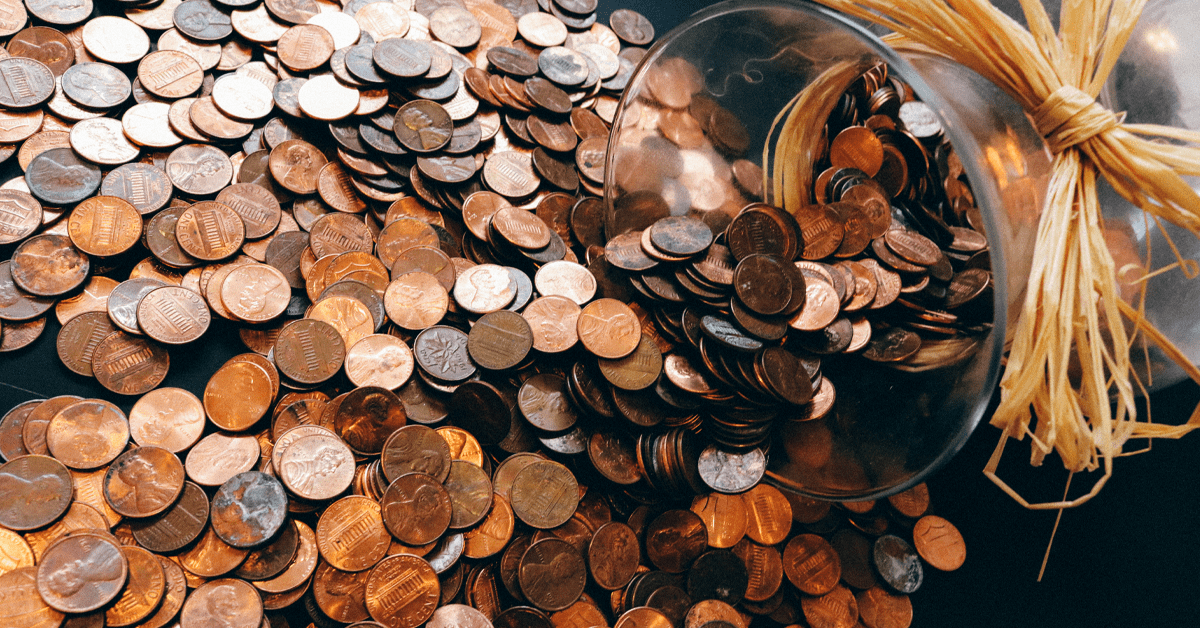EIDL has run out. Try these COVID-19 relief alternatives.
By Randy Breneman on Wednesday, September 9, 2020Some businesses resources (like EIDL) have expired, but others still exist to get you through COVID-19.
If you run a field service business, you’ve almost certainly heard of the Economic Injury Disaster Loan (EIDL) program made possible by the recently passed CARES act. This loan program aims to help offset the economic losses many small businesses in the United States face in the wake of the COVID-19 pandemic. Overall, the federal government provided small businesses across the country $20 billion in economic aid.
Unfortunately, this well has now run dry. We’ve compiled a list of alternative resources for businesses still facing pandemic-related financial distress. If you need help, read on!
Express Bridge Loan Pilot Program
This program is available to small businesses that already have a working relationship with an SBA Express Lender. If you need to move quickly, then you’ll want to consider this program. It usually delivers funds within 45 days of approval, but no later than 90 days after approval. You can only use the funds for working capital and for keeping your business operational. To qualify, you must fit the definition of a small business (these definitions vary by industry) and have suffered negative impacts from COVID-19.
7(a) and 504 SBA Loans
These two loan options have existed since long before the COVID-19 pandemic began. 7(a) Loans represent the bread and butter of the loans offered by the SBA. These loans can be used for a variety of business-related purposes, including equipment, real estate, inventory, and business expansion. 7(a) loans come in various forms, ranging from $350,000 to $5 million and have a relatively quick turnaround time. 504 Loans differ in that they are to be used only for fixed assets, so they are not as flexible as the 7(a) loan. However, you can use them for almost anything related to real estate purchases or the renovation of existing property. Both of these loans require 10% down payments. For more info on 7a Loans, click here. For more on 504 loans, visit this site.
Main Street Lending Program
The Federal Reserve created the Main Street Lending program in 2020 to provide aid to companies impacted by the COVID-19 pandemic. The loan has a minimum size of $250,000 and goes all the way up to $300 million. While the federal government facilitates these loans, the funding itself comes from Eligible Lenders that work directly with the Federal Reserve. As such, interest rates and terms vary from lender to lender. Therefore, results may vary depending on the financial situation of the borrower. Unless extended, this program will only run until December 31st, 2020.
SBA Microloans
The SBA has partnered with several non-profit , community-based organizations to bring the Microloan Program into existence. Borrowers can receive loans up to $50,000, with the average loan checking in at $13,000. The main benefit of this lending program? The funds can get used for a wide range of business expenses, including working capital, inventory, supplies, furniture, fixtures, machinery, and equipment. The interest rates and terms do vary by lender, with interest rates falling between 8-13%. The intermediaries that provide funding may require collateral as a personal guarantee from the borrower. The repayment term is much shorter than the other options on this list, as the maximum repayment term for a Microloan is 6 years, a stark contrast to the 20 year repayment term available on some of the other programs we’ve mentioned.
SBA Debt Relief
While not an explicit dispersal of funds, it is worth mentioning that the SBA offers a financial reprieve to small businesses already taking part in many of the programs that it has to offer. Those small businesses currently taking advantage of the 7(a), 504, and Microloan programs will automatically have 6 months of principal, interest, and any associated fees that borrowers owe paid by the SBA.
Best of all? Borrowers do not have to take any action for this to kick in! The reprieve is available to all 7(a), 504, and Microloan programs disbursed prior to September 27th, 2020. For loans that have not been deferred, the program will begin making payments to lenders by the next payment due on the loan. For loans that have been deferred, the SBA will begin to make payments with the next payment due after the deferment period has ended. If you have made payments to an eligible loan after March 27th, you retain the choice to have the funds returned to you by the lender, or applied to reduce the loan balance. (We should note that if you have automatic payments set up for any of your SBA loans, you have the responsibility of canceling these arrangements. The program will not cancel automatic payments for you, and they will still process as planned if you don’t stop them.) For more info, click this link.
Final Thoughts
The federal government has a vested interest in the success of small businesses. They represent the backbone of our economy, and they have done an amazing job over the years to help sustain the growth that has pushed the United States to the forefront of the global economic stage.
The EIDL and Payment Protection programs have served their purpose and given our economy a much needed crutch to lean on, but the impact of the COVID-19 pandemic has proven formidable. While we wait to see what else the federal government will do to provide additional relief to those adversely affected by the pandemic, you can take advantage of the above resources. Make the right moves for your small business and get the funding needed to keep yourself afloat!


